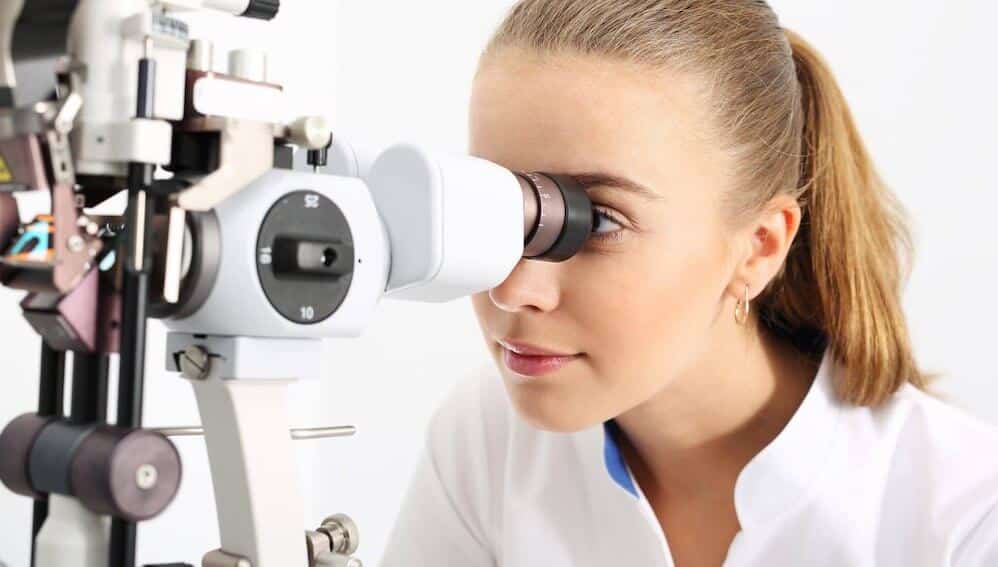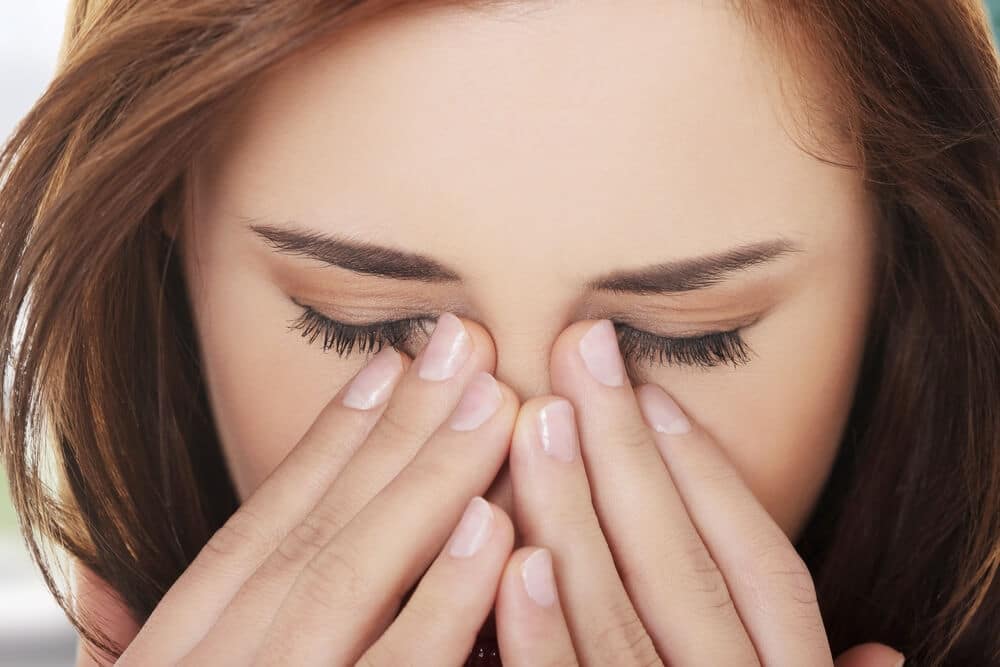Itchy eyes are a common sign of tiredness, but if your eyes are often itchy and pink, your eyelashes are crusty and your eyelids are raw, there’s a chance you might have the condition blepharitis. [toc]
What Is Blepharitis?
Blepharitis is a common condition that causes inflammation of the eyelids, including the skin, lashes and meibomian glands and is often associated with a bacterial eye infection.

What are the symptoms of blepharitis?
- Itchy, sore and red eyes
- Eyelids that are stuck together
- Greasy or crusty eyes
- Burning or gritty sensation in your eyes
- Experiencing a sensitivity to light
- Developing swollen eyelid rims
- Puffy eyes
Blepharitis comes in two forms – Anterior blepharitis, affecting the outside front of the eyelid where eyelashes are attached and posterior blepharitis, linked to dysfunction of meibomian glands within the eyelids that secrete oils to help lubricate the eye. It’s common to have a mixture of both anterior and posterior forms of blepharitis at the same time but in different degrees of severity.
Anyone can develop blepharitis, but it generally tends to occur more in people aged 50+. On average, half of those with the condition also have a dry-eye syndrome, in which tears don’t work properly and may evaporate too quickly.
What is the difference between blepharitis and dry eyes?

If your eyes feel worst in the morning after a night’s sleep has allowed secretions to build up, it is likely that you have blepharitis – however, if your eyes feel worse as the day wears on, you are more likely to be suffering from dry eyes.
Blepharitis Treatment
Blepharitis can be difficult to manage because it’s often chronic. This means it might never go away completely. The key to managing blepharitis is eyelid hygiene. You should apply a warm compress (such as a face flannel) to closed eyelids for 5-10 minutes to melt oils that have built up, A warm compress loosens the crust on your eyelids and eyelashes before you clean them. The warmth also can loosen any blocked residue in the oil-secreting meibomian glands in your eyelids. Do this twice a day until the symptoms are under control. Once blepharitis subsides, try to keep the hygiene regime going once or twice a week to prevent a recurrence.
Blepharitis and Laser Eye Surgery

Blepharitis is linked with dryness of the eyes and should be treated before having vision correction, to increase the moisture over the cornea (which does temporarily become drier after treatment).
Post-op dryness from laser eye surgery recovers within 3-6 months and is managed most often by the patient using artificial tear drops. The effects can be greatly helped by pre-treating any blepharitis, which can sometimes take a few weeks, to help the recovery after laser eye correction.
Is there a Cure for Blepharitis?
A complete blepharitis cure doesn’t really exist.
But as explained above, good eyelid hygiene is often effective in managing blepharitis, while warm compresses and lid massages can help unclog obstructed meibomian glands.

